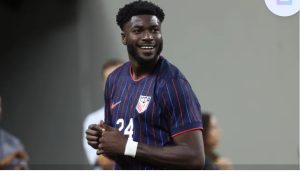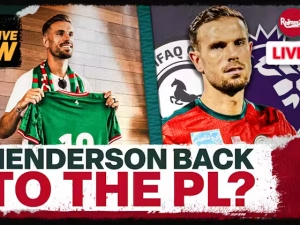
In a surprising and controversial turn of events, the ECHL has been rocked by the firing of a head coach whose decision to suspend five of his star players has ignited a storm of debate. The coach, whose identity has been a subject of intense media scrutiny, faced dismissal following the suspension of these key players, a move that has left fans, analysts, and the broader hockey community reeling.
The suspensions were enacted after an incident that unfolded during a recent game, sparking outrage and confusion among supporters and insiders alike. The coach, whose philosophy has traditionally emphasized discipline and accountability, made the decision to bench these players in response to what he perceived as a serious breach of team conduct. The specific nature of the infraction has been described as a matter of conduct unbecoming of the team, though the details remain somewhat ambiguous.
Sources close to the team have suggested that the players involved were not adhering to the coach’s expectations regarding professionalism and teamwork. It is alleged that the infractions included disciplinary issues such as lateness to meetings, a lack of effort in practice, and general unsportsmanlike behavior. The coach’s decision to suspend them was based on a belief that maintaining a strict code of conduct was crucial for the team’s success and cohesion.
However, the reaction from the team’s management and ownership was swift and unforgiving. The franchise, prioritizing the team’s immediate performance and the morale of the remaining players, decided that the coach’s actions were detrimental to the organization’s goals. In a statement issued shortly after the firing, the team expressed its commitment to ensuring that such disruptions do not negatively impact the team’s performance and unity. The statement hinted at the possibility of internal disagreements over the approach to handling player discipline, suggesting a fundamental clash between the coach’s methods and the team’s broader strategy.
The decision to fire the coach has ignited a broader debate about the balance between discipline and player management in professional sports. Critics argue that the coach’s actions, while perhaps harsh, were rooted in a desire to instill discipline and accountability, qualities that are often essential for long-term success in competitive environments. They suggest that his firing could set a dangerous precedent where coaches are discouraged from taking strong stances on discipline for fear of repercussions from management.
On the other hand, supporters of the firing argue that the coach’s approach may have been overly rigid and not aligned with the team’s needs. They posit that the team’s success is heavily reliant on the performance and morale of its star players, and sidelining them might have been counterproductive. From this perspective, the coach’s methods could be seen as undermining the team’s immediate competitive edge and overall harmony.
The situation has also led to discussions about the broader implications for coaching strategies in the ECHL and similar leagues. Coaches in lower-tier leagues often face a delicate balance between enforcing discipline and managing player relationships. The decision to suspend key players in this case highlights the challenges of navigating these complexities, particularly in environments where team cohesion and player performance are closely intertwined.
As the dust settles, the ECHL community is left to grapple with the fallout from this incident. The fired coach, while no longer with the team, remains a figure of interest in discussions about the intersection of discipline and team management. The suspended players, meanwhile, are expected to return to the lineup, though the long-term effects on team dynamics and performance remain to be seen.
In the wake of this controversy, the focus will likely shift to how the team adapts and how future coaching decisions are made. The incident underscores the ongoing challenge of balancing discipline with the practical realities of managing a sports team, a balance that is crucial for the success and stability of any professional sports organization.





